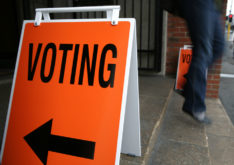A quarter of young voters will be strongly influenced by election ads, suggests YouGov poll
Around 20% of voters say political advertising will be highly influential in their final voting decision in the upcoming Federal elections, with younger people more open to the messaging.
With the election predicted to be close run, new research conducted by YouGov for Mumbrella has revealed that 45% of voters are still undecided, with 41% of people saying election ads will be moderately or very influential on their final decision at the polling booths.
Asked to mark on a scale between one and 10 how influential party campaign advertising will be on their voting decision 24% of people responded with one – not influential at all – while just 7% responded with a 10 – very influential.


